Review: Grisport Peaklander hiking boots
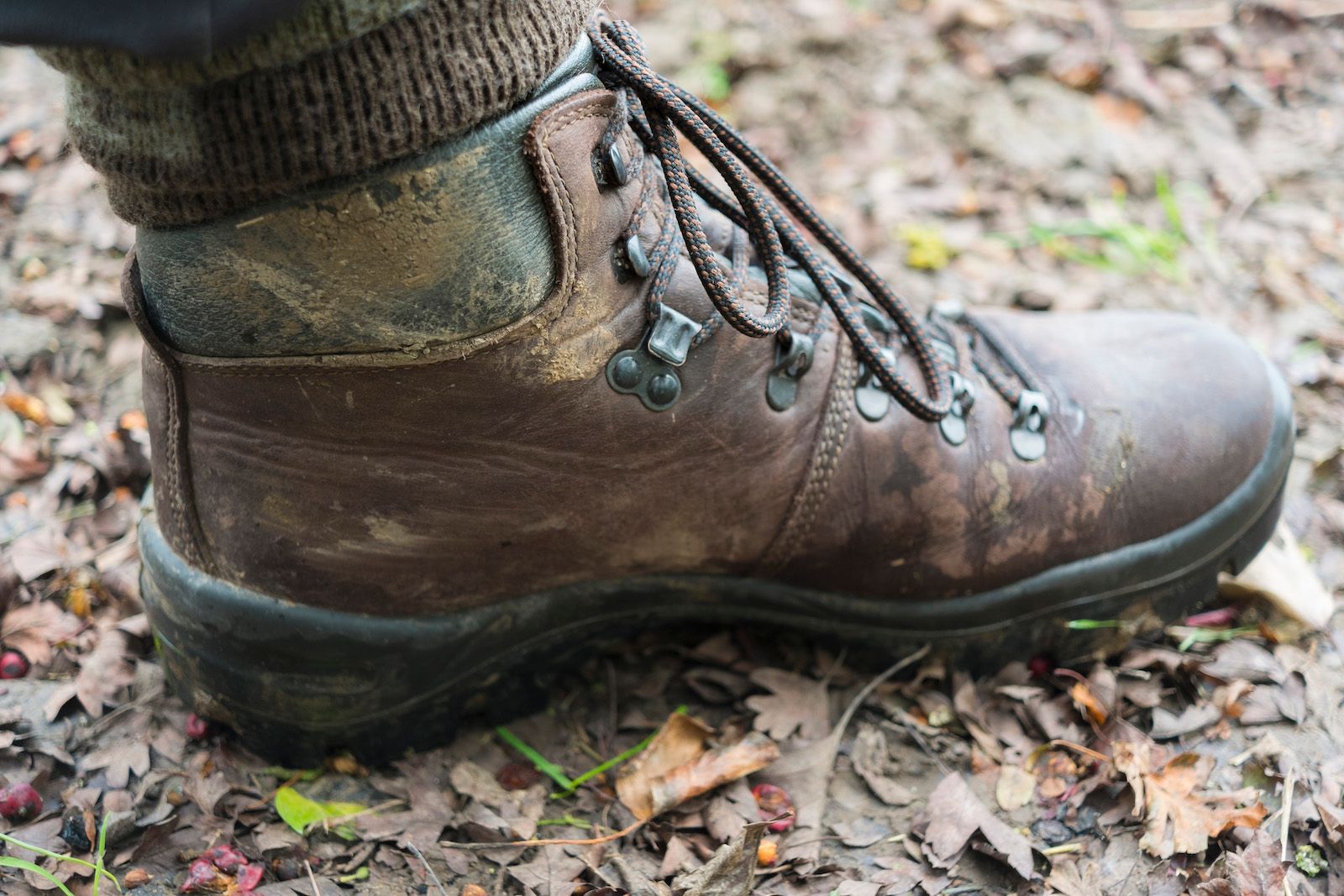
I’ve had a pair of Grisport Peaklander leather walking boots on test for the last few weeks. I recorded my first impressions back in early October, but I’m now ready to share my full review. Read on for the details!
Basic facts
- Weight: 1.12kg per pair (size 45)
- Type: traditional leather hiking boots with waterproof and breathable lining
- Sole unit: ‘Track-on’, similar to Vibram with aggressive lugs
- RRP: £85
- Origin: Italy
The Peaklander niche
As I mentioned in my first impressions, Grisport market these boots as ‘lowland walking boots’. I wrote that I thought this description was a little restrictive, and that in 2015 traditional leather boots occupy a slightly more technical niche:
For someone like me, who is quite happy tackling extremely rugged terrain in flimsy running shoes, I’d consider using a pair of Peaklanders for full-blown mountaineering.
This depends on your point of view, of course. Since my initial post I have tried fitting my crampons to these boots, and the fit isn’t great – but they aren’t designed to be crampon-compatible, so this is by no means a reflection on the Peaklanders. Having thought about this some more, I would reach for a true pair of crampon-compatible boots when planning a trip that might require winter mountaineering.
That leads me to the conclusion that the Peaklanders are better suited as all-purpose three-season walking boots for use below the snowline, with all the advantages and disadvantages that entails.
The question is, does this class of footwear still have a place? I’ll do my best to answer that. It’s very much a pertinent question for anyone considering new outdoor footwear in 2015.
My testing
When I published my first impressions, I had only walked a few miles over easy ground with these boots. Nevertheless, I was impressed: it’s a classic case of under-promising and over-delivering. At such a modest price you don’t expect much, but they offer a great deal.
Since my initial piece I have used the Peaklanders for a number of hikes through the Lincolnshire Wolds. I originally planned to take them to the Scottish mountains for some more extensive testing, but other commitments led me to postpone my trip so I have not had the chance to try them out in a more rugged environment yet.
Nevertheless, I think my testing is fairly representative of what the target market wants from these boots. I have walked about thirty or forty miles in them so far, covering a variety of terrain from tarmac roads to muddy paths, moderately steep (if low) hills, and some swampy terrain too – in short, the kind of terrain you could expect to find on any walk through the British countryside.
How have the boots performed?
In a word: great.
I don’t mean ‘great for the price’, I mean great – as traditional leather walking boots go, I genuinely have never used better. They’re as comfortable as my old Brashers but have far better grip, thanks to the excellent sole unit, which is indistinguishable from Vibram to all practical purposes. The uppers are very robust and the stitching is of high quality. They keep the water out, too, unless any comes in over the ankle cuff. This can be a concern in some situations (which I’ll come to in a moment) but for general countryside walking it’s an edge case.
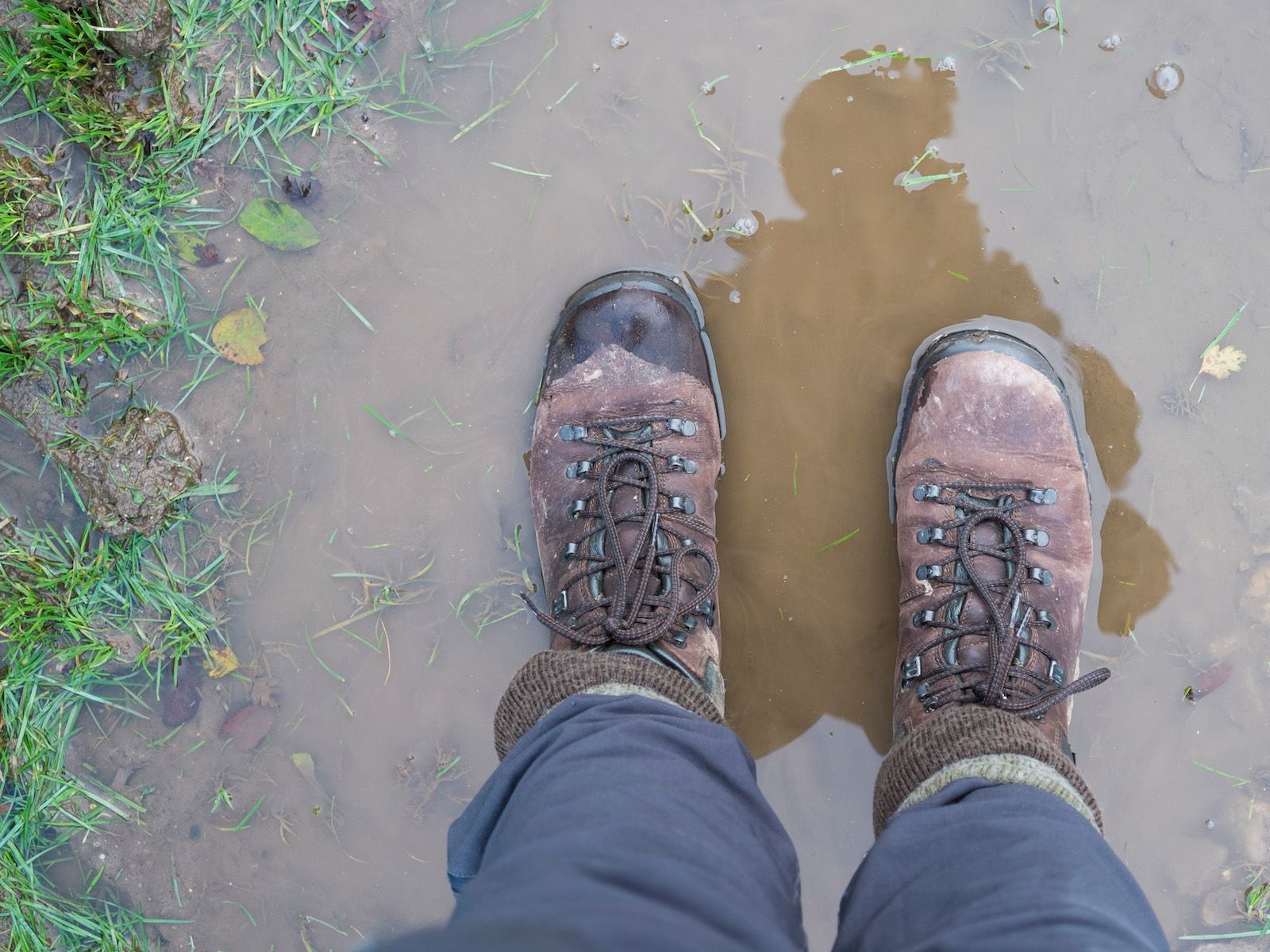
I have wide feet, but requested my usual size (45) and after adjusting the fit with volume reducers the result was just right. They flex in exactly the right place and in exactly the right amount for this class of boot. Even the lacing hardware is rock solid and would be excellent at any price.
So, when viewed in context, compared with other models in this class of footwear, the Peaklanders give a stand-out performance. They offer everything you need from a pair of hiking boots at a truly excellent price. Let me repeat it: £85. You could spend twice that and get boots that don’t deliver as much. For a certain type of walker this is quite simply a no-brainer purchase.
But who is that walker? Fifteen to twenty years ago that would be an easy question to answer, but it isn’t so straightforward today.
The limitations of traditional leather boots
In my opinion, the disadvantages I’m going to mention now are inherent to the entire class of traditional leather boots. I have never found any boots that do not show these characteristics to some extent, so this should certainly not be considered a smear on the Grisport Peaklanders. I stand by my comment above: the Peaklanders are excellent, not just for the price, but at any price.
However…
I always get blisters when I hike in leather boots. The make or model doesn’t matter, and I’ve experimented with various sizings both up and down from my standard size 45. Thanks to better socks and footbeds I have successfully eliminated the heel-lift blisters I suffered from ten years ago, but nevertheless when hiking in leather boots I always get one or two blisters after about fifteen miles, even with trail-hardened feet. The Peaklanders are, unfortunately, no exception to that rule. After one longer walk I found a small blister developing on the sole of my right foot.
In my case, the causes are heat and perspiration. My feet get hot when I’m hiking, and when you add perspiration to the mix it results in a blister factory. Unlined leather boots are slightly more breathable, but they require more care to keep them waterproof and I’ve come round to the view that if you’re going to wear full-blown hiking boots you might as well go for ones with a waterproof and breathable liner. The Peaklanders are waterproof, but they are no more or less breathable than other boots in this class I’ve used. You can limit the problem to a degree by airing your feet every hour, but ultimately it’s a losing battle.
There’s also the problem of drying the boots out. If you get the boots saturated – which I guarantee will happen if you’re stomping through the bogs of the Highlands, for example – then it’s impossible to dry them without the aid of a drying room. This is not likely to be a big deal for the walker who stays in hotels or bunkhouses, but for people like me, self-powered and sleeping in the wild when we go into the mountains, it’s a huge disadvantage.
The Peaklanders are reasonably lightweight as leather boots go – lighter than the Brasher Hillmasters – but they still add 560g to each foot. That’s twice the weight of the footwear I generally prefer to use in the mountains, and after fifteen miles or so I really noticed the extra mass I was carrying around on the end of each leg.
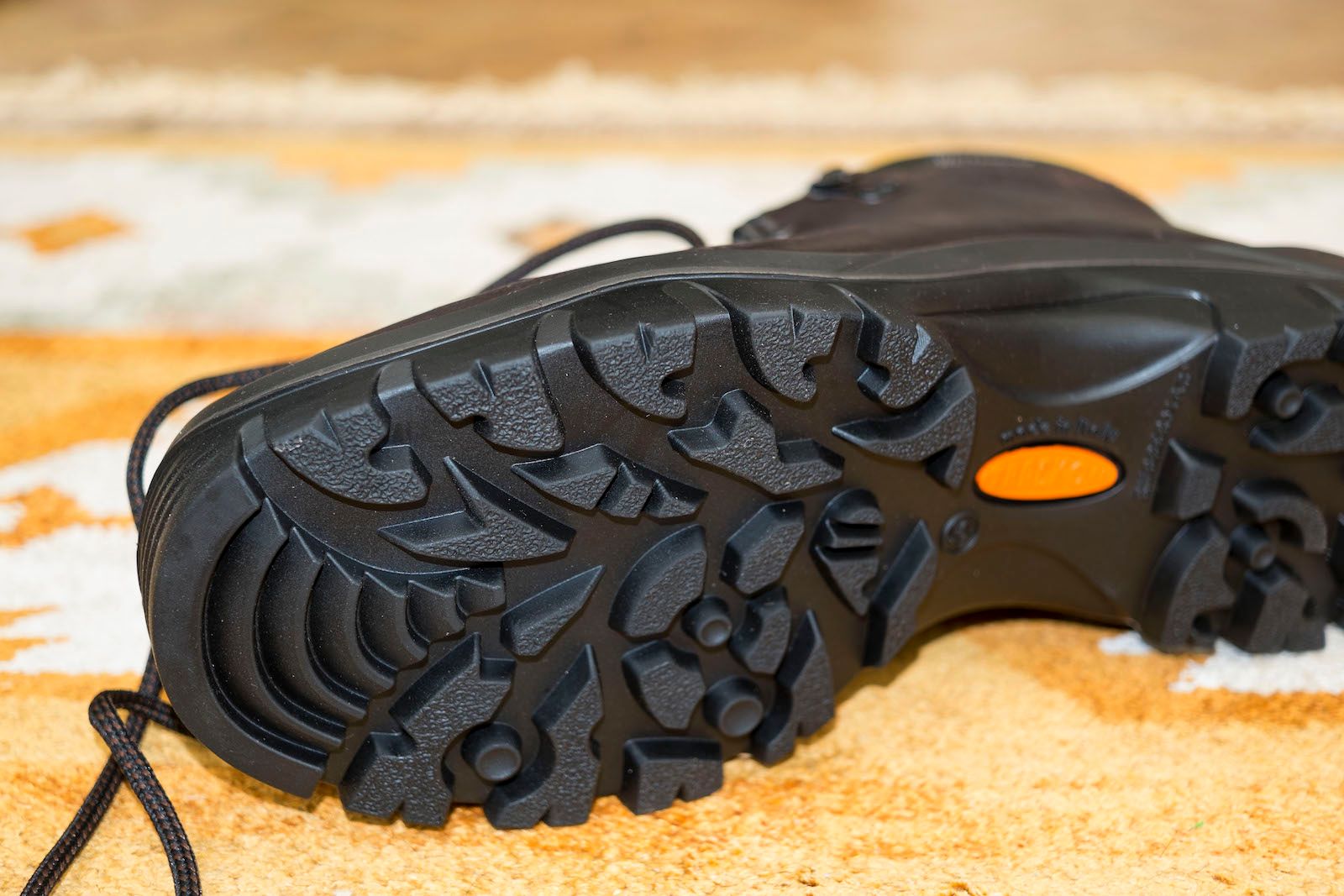
For the reasons listed above, I switched to trail shoes for all of my summer mountaineering and backpacking earlier this year. This decision has helped me to walk blister-free for hundreds of miles through some of the roughest mountain terrain in Europe, including the entire Cape Wrath Trail and a glaciated 3,000m peak in the Alps. Trail shoes have their own disadvantages, but for me, and an increasing number of other hill-goers, these drawbacks pale into insignificance compared to the benefits.
So, who are the Grisport Peaklanders for?
It isn’t an easy question to answer.
On the one hand, you have the many superb qualities of the Peaklanders. They’re inexpensive, the quality is second to none, they’re durable, and they will cope with any terrain the British hills can throw at them. On the other hand, you have the increasingly powerful influence of lightweight backpacking, which is starting to affect the gear choice of regular hillwalkers who may not have considered lightweight footwear before. The use of trail shoes is now mainstream for hillwalking and backpacking in the UK, despite the occasional grumble.
But trail shoes haven’t completely taken over yet, and I don’t think they ever will. It takes a considerable degree of experience and self-knowledge to be able to say, I can safely and comfortably use running shoes for this objective. Personal preference is also a factor and a huge proportion of users simply prefer boots over shoes. I can’t see that situation ever changing.
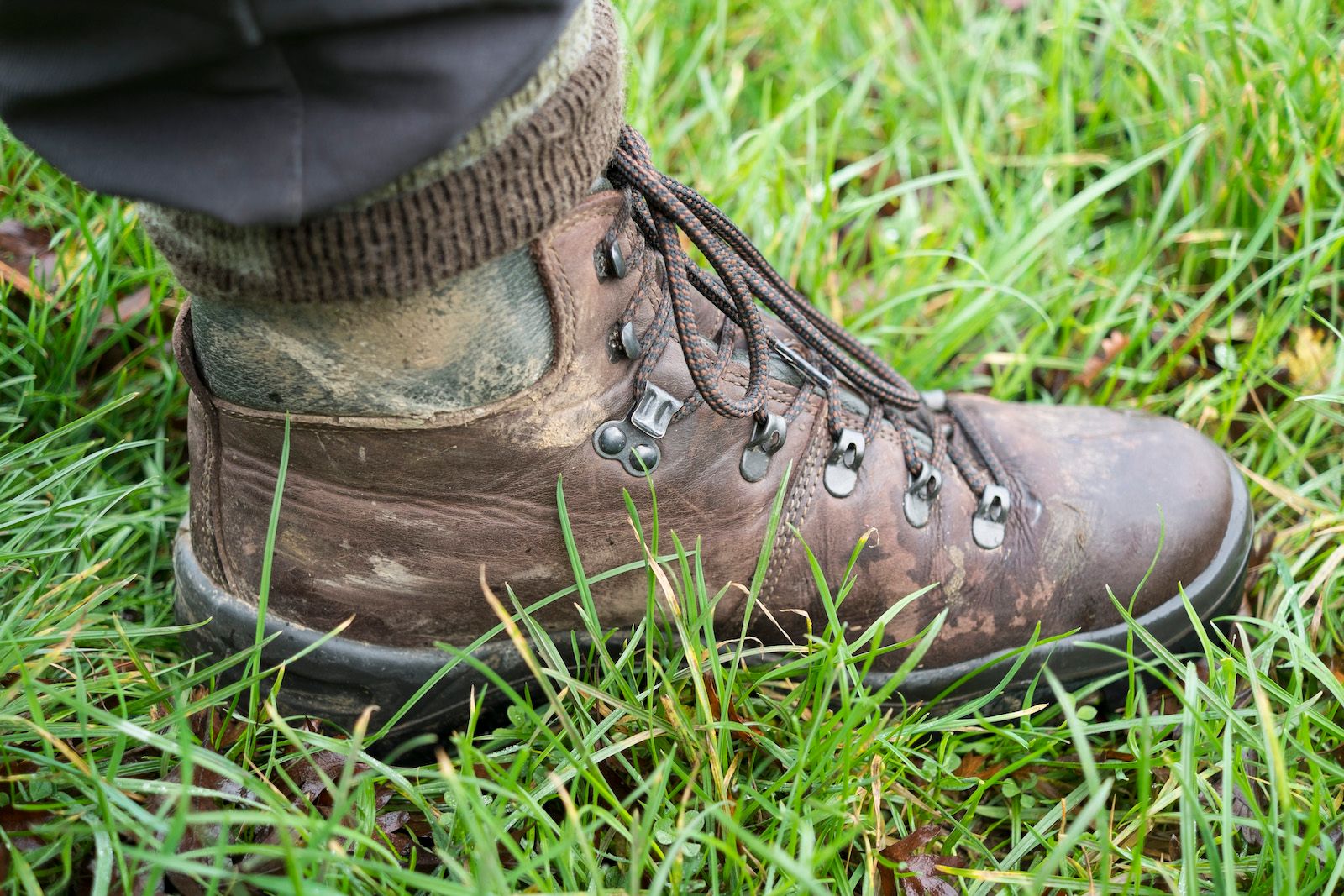
So, who are these boots for? I think they are perfect not only for beginners, but for anyone who prefers traditional leather boots for any reason. I think it would be difficult to find a better pair of three-season boots for the price, and indeed you could pay considerably more without finding this level of quality and durability. If I could sum them up in one phrase, I’d say incredible versatility and value for money.
The Peaklanders are great for general countryside walking and hillwalking. For day walks of moderate distance where you’re likely to encounter rough terrain or just muddy paths, it’s actually hard to go wrong with these boots. I think the disadvantages of leather boots only really come into play if you’re walking very long distances or staying out in the wild for several days. Again, personal preference is vital here; if you’re predisposed to like traditional boots, there’s no issue and you will be very happy with this choice. If you’re predisposed to prefer trail shoes, the Grisport Peaklanders are unlikely to switch you back from the dark side.
Final words
The Peaklanders have found their niche in my outdoor footwear collection. I will continue to use them for muddy day walks of moderate length in the Lincolnshire Wolds or the Peak District, mostly in the autumn and winter. There are some walks where boots are just what you want – let’s face it, mesh trail shoes can be the wrong choice if you’re only going out for a few hours and want to keep your feet dry. I may keep gear spreadsheets and know how much all my stuff weighs, but sometimes I still want the reassurance of a stout pair of boots.
The Grisport Peaklanders are some of the best leather walking boots I’ve ever used, and the quality is simply astonishing when you consider the price. If you are looking for a pair of three-season hiking boots then I can wholeheartedly recommend them.
Many thanks to Grisport UK for sending me these boots to test.
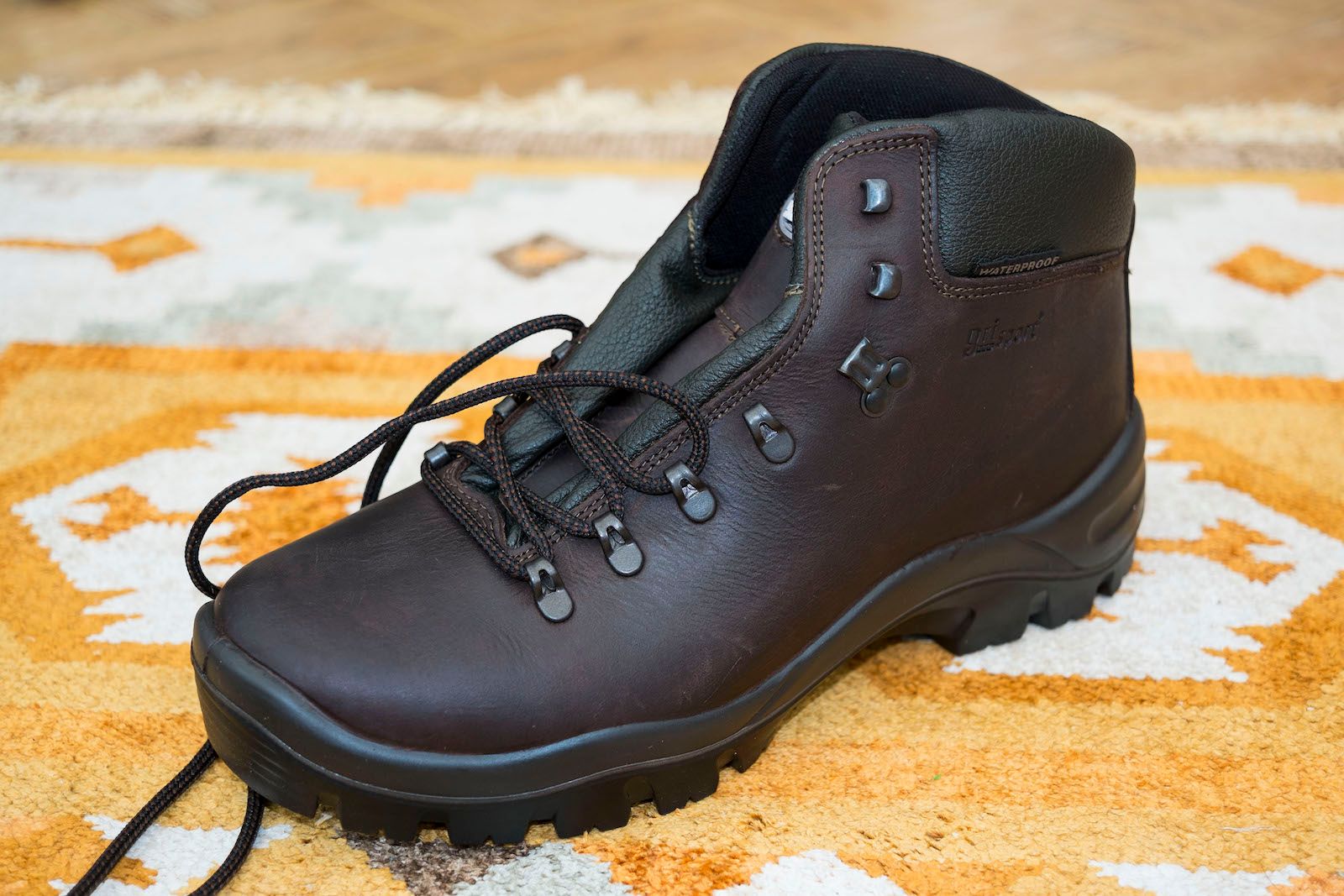
Alex Roddie Newsletter
Join the newsletter to receive the latest updates in your inbox.




